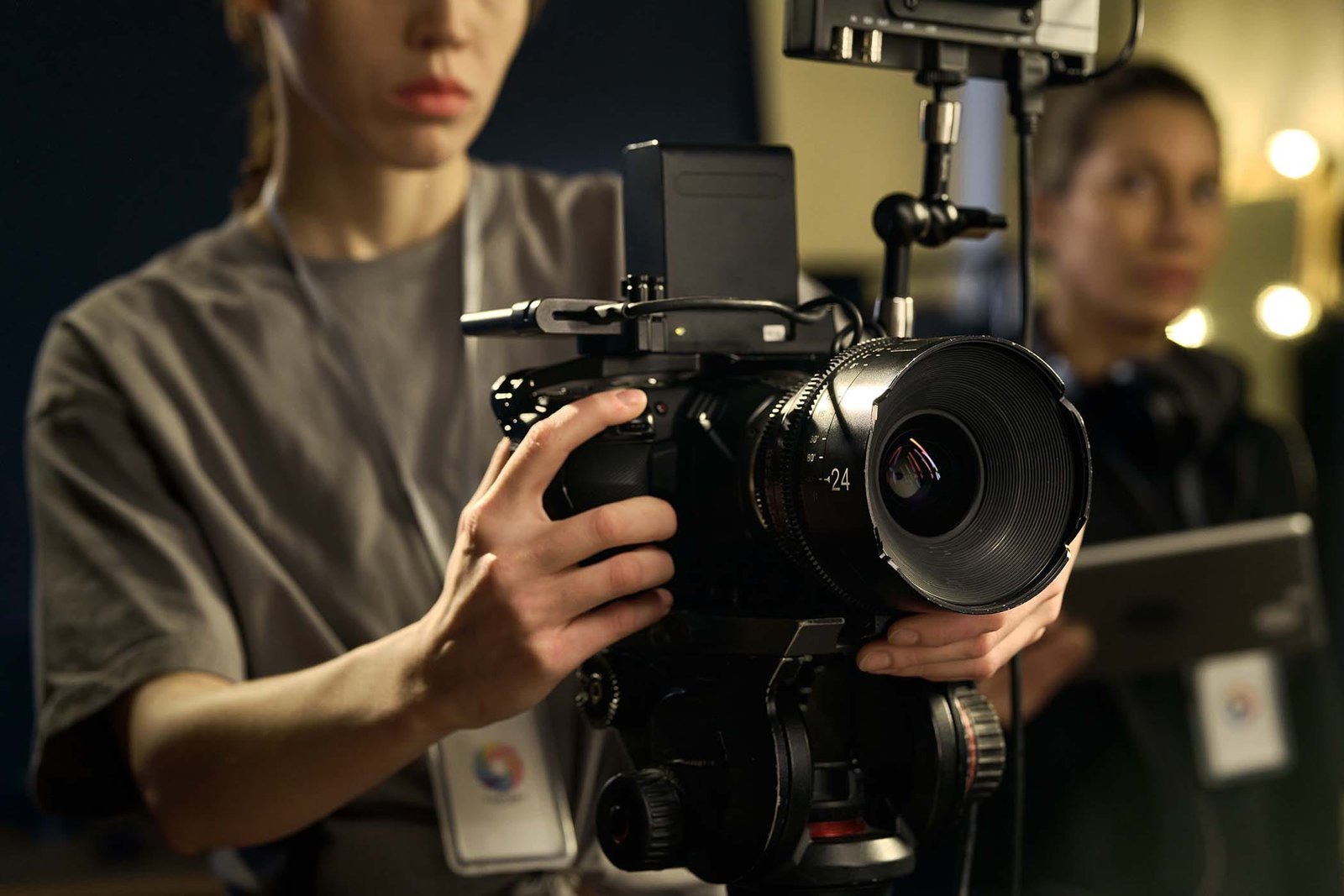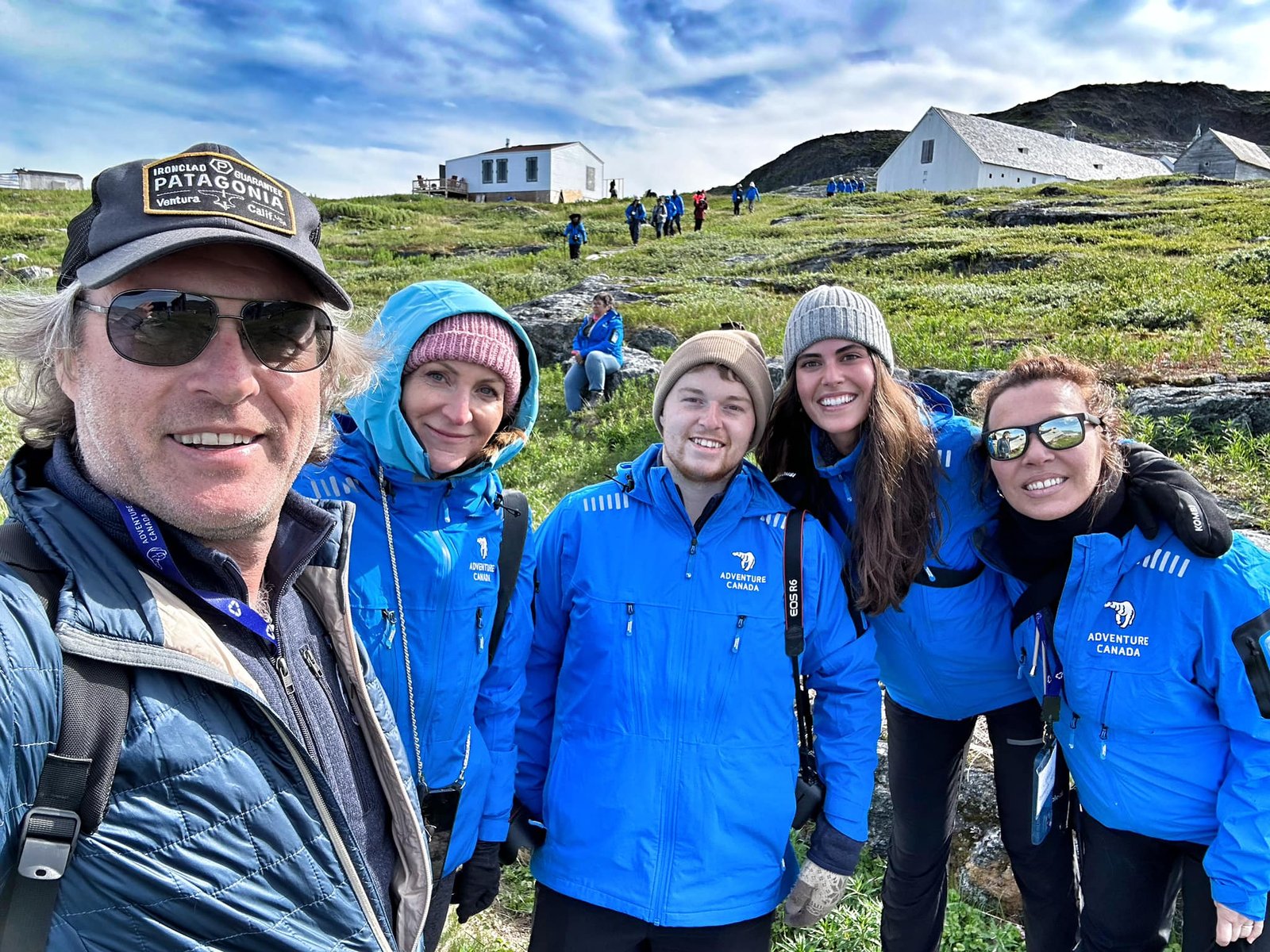
So, you’ve decided to become a filmmaker. Great! Now comes the fun part: proving to the world that you can actually do it. The problem? Nobody is going to hand you a Hollywood budget or a Netflix deal just because you once made a killer TikTok with dramatic lighting. You need a portfolio—a solid one that shows off your skills, creativity, and potential.
But what if you don’t have years of experience or a stack of client projects? No worries. Here’s how you can build an impressive filmmaking portfolio from scratch.
The biggest mistake beginners make is waiting until they have the perfect idea, the perfect camera, and the perfect team before they start shooting. Spoiler alert: that moment never comes.
Your portfolio is built through doing, not planning. Start with small projects. A short film, a spec commercial, a music video for your friend’s indie band (even if it’s just his dog howling at a ukulele). The key is to get footage—something tangible to prove you can turn ideas into actual moving images.
You don’t need fancy gear either. Plenty of filmmakers start with iPhones or entry-level DSLRs. If your shots are well-composed, your lighting is on point, and your story is engaging, nobody is going to care that you didn’t shoot on an ARRI Alexa.
A strong portfolio isn’t just a collection of stuff you filmed—it’s a strategic showcase of your range. If you only include slow-motion shots of people looking melancholic in empty parking lots, you’re limiting yourself.
Try different formats:
Your goal is to show versatility. If a potential client, employer, or collaborator sees that you can handle multiple styles and tones, you become a much more valuable filmmaker.


“But I don’t have any clients yet.” Cool. Neither did most filmmakers when they started.
You don’t need paying clients to create client-worthy work. Make spec ads—fake commercials that look like they belong in a Super Bowl ad break. Recreate iconic film scenes. Edit a cinematic travel montage from your last vacation (even if it was just a trip to your local coffee shop).
The industry loves self-starters. If you can create high-quality work on your own, people will assume you can do even better with a budget.
A good filmmaker portfolio isn’t just a Dropbox link to random files—it’s a curated, professional online presence.
Create a website or Vimeo/YouTube channel with:
If a potential client or employer has to hunt for your best work, they’ll move on. Make it easy for them to see what you can do.
You can see, that is exactly what I did below. You wanna see a clean layout, with clear visuals and high resolution work.

Your portfolio isn’t a one-and-done project—it’s a living thing. Keep refining it, updating it, and replacing older work with stronger pieces as you improve.
Learn new skills. Take online courses in cinematography, color grading, or editing.
Watch films critically. Break down what makes a scene work.
Experiment. Try shooting with different lighting, framing, and storytelling techniques.
The best filmmakers are always evolving. Your portfolio should reflect that.
Your filmmaking portfolio isn’t just a collection of clips—it’s a story about you as a creator. It shows people how you think, what excites you, and why they should trust you to bring their vision to life.
The biggest mistake you can make? Not starting. So grab your camera, start filming, and get your work out there. Because the only way to build a great portfolio is to actually make films.
Now go shoot something awesome.
Post Tags :
Share :

Want to get behind the scenes or want to connect? I would love to hear from you! ⬇️
Capturing Newfoundland’s Stories with Cinematic Excellence.